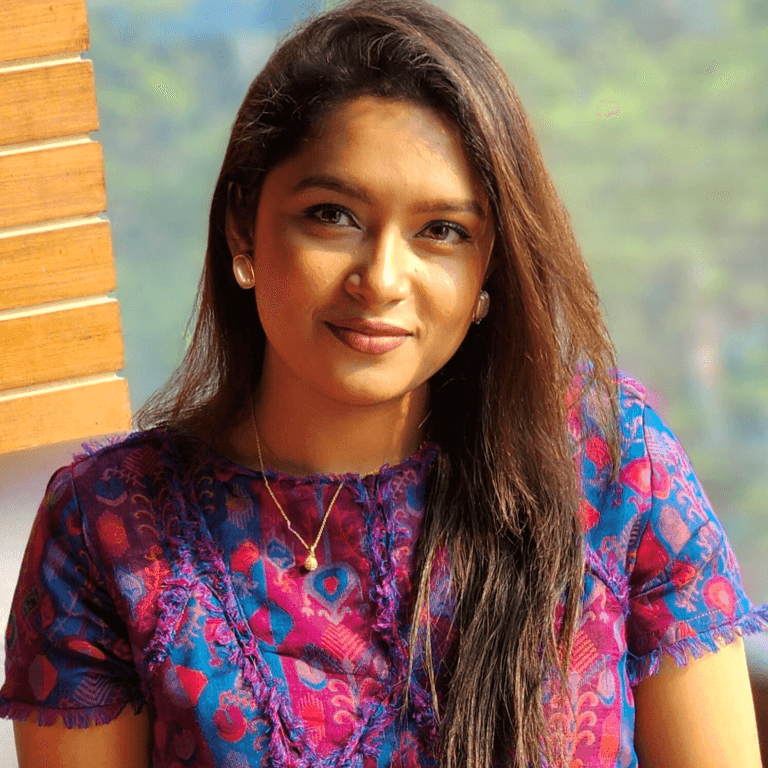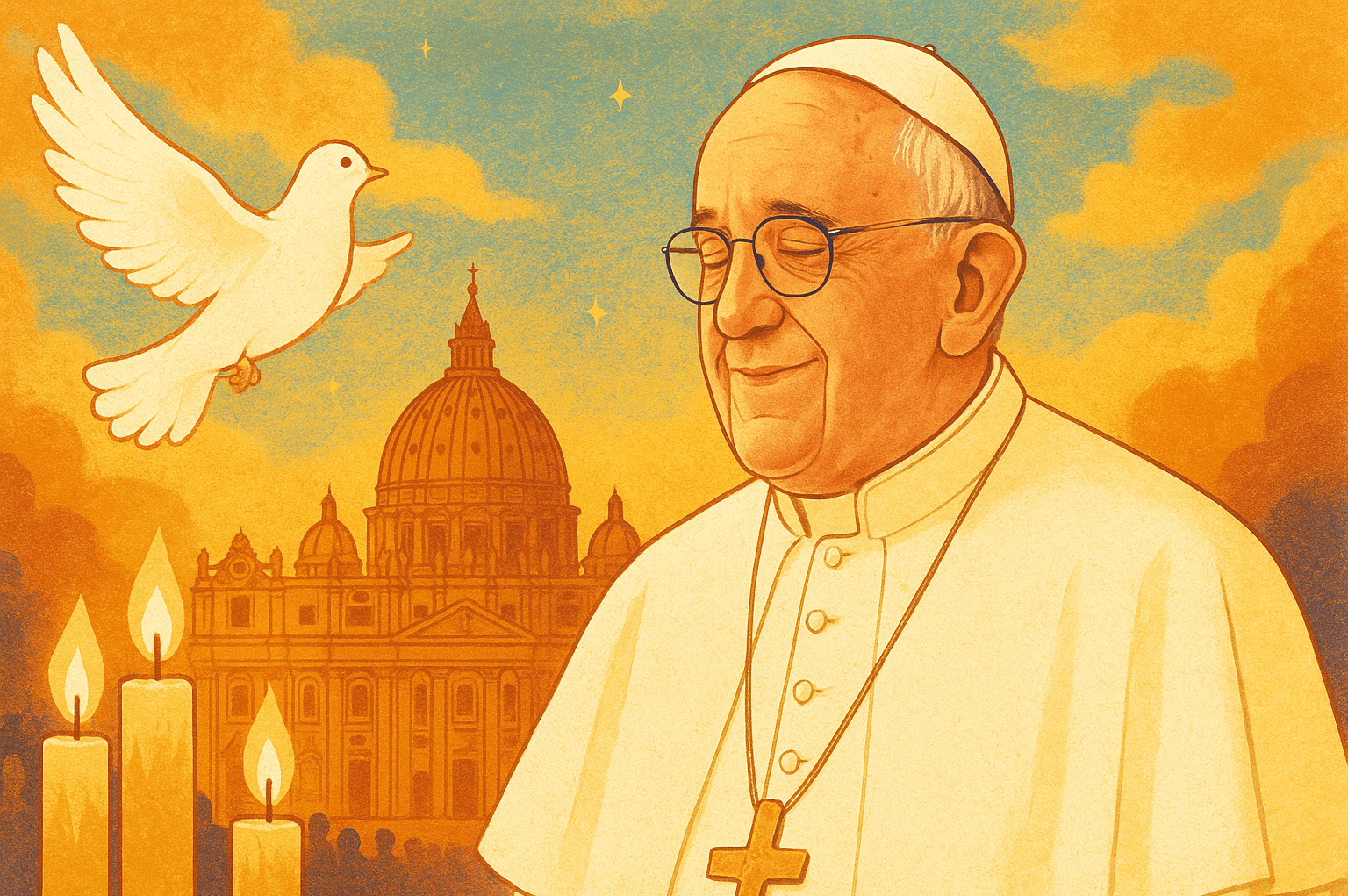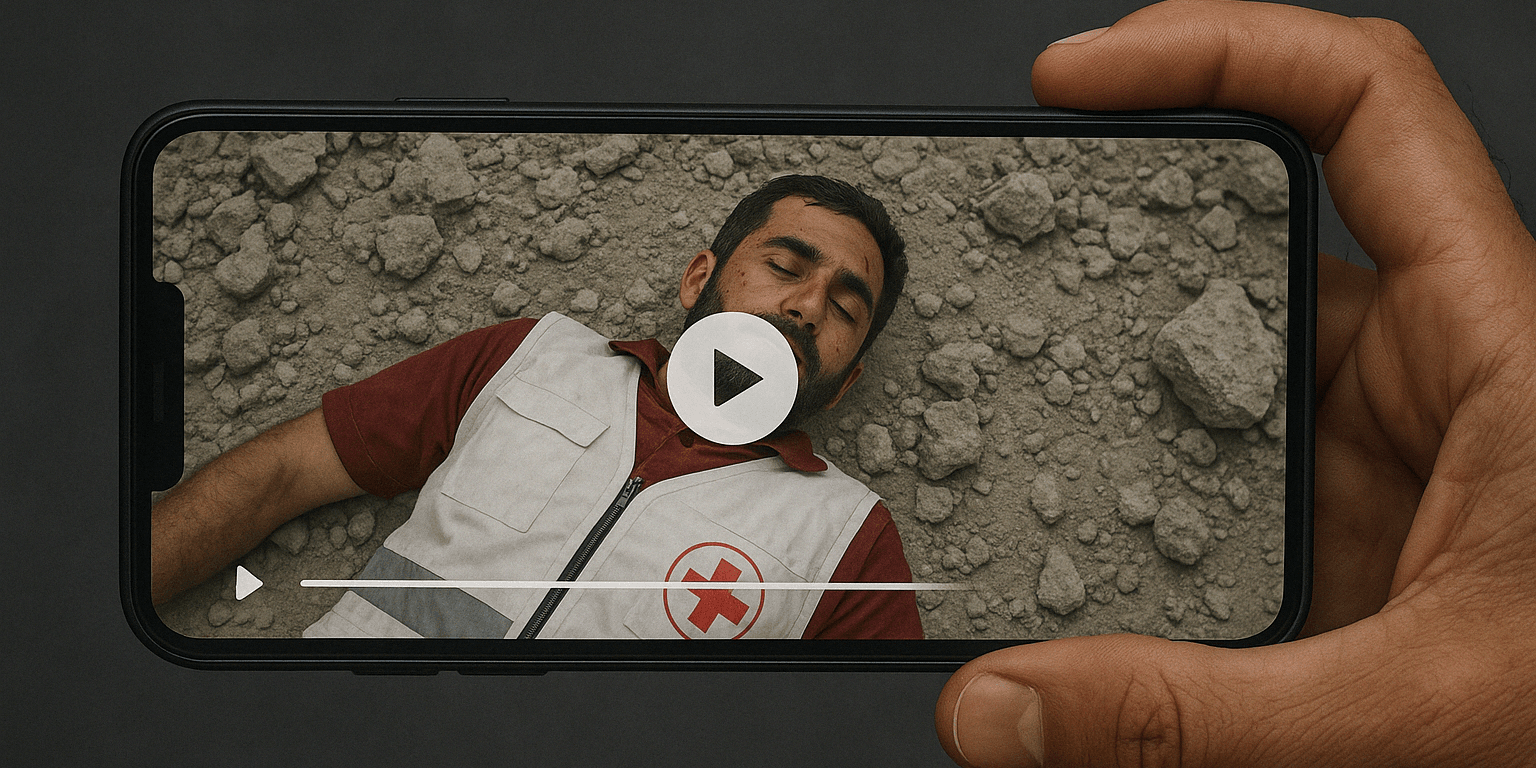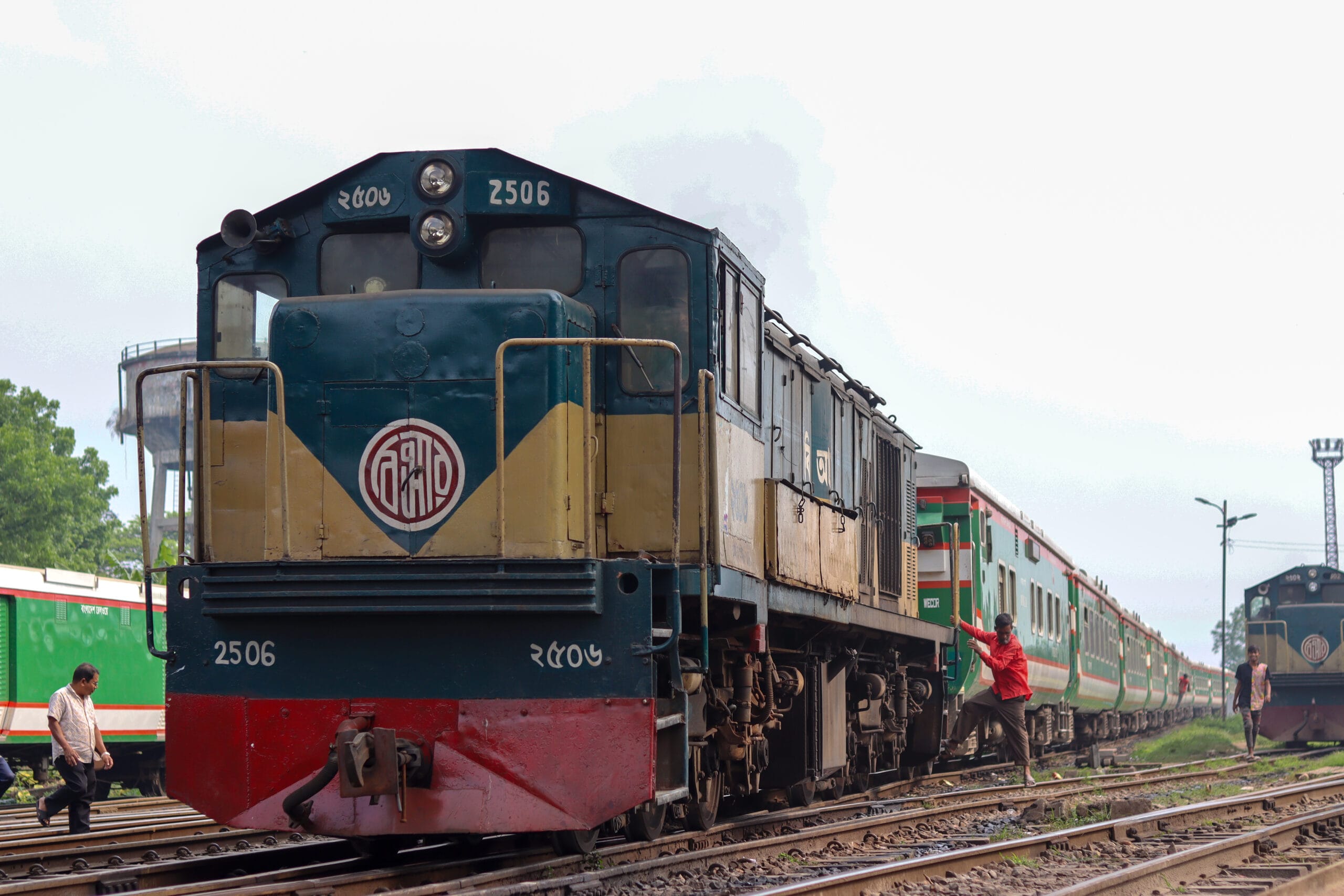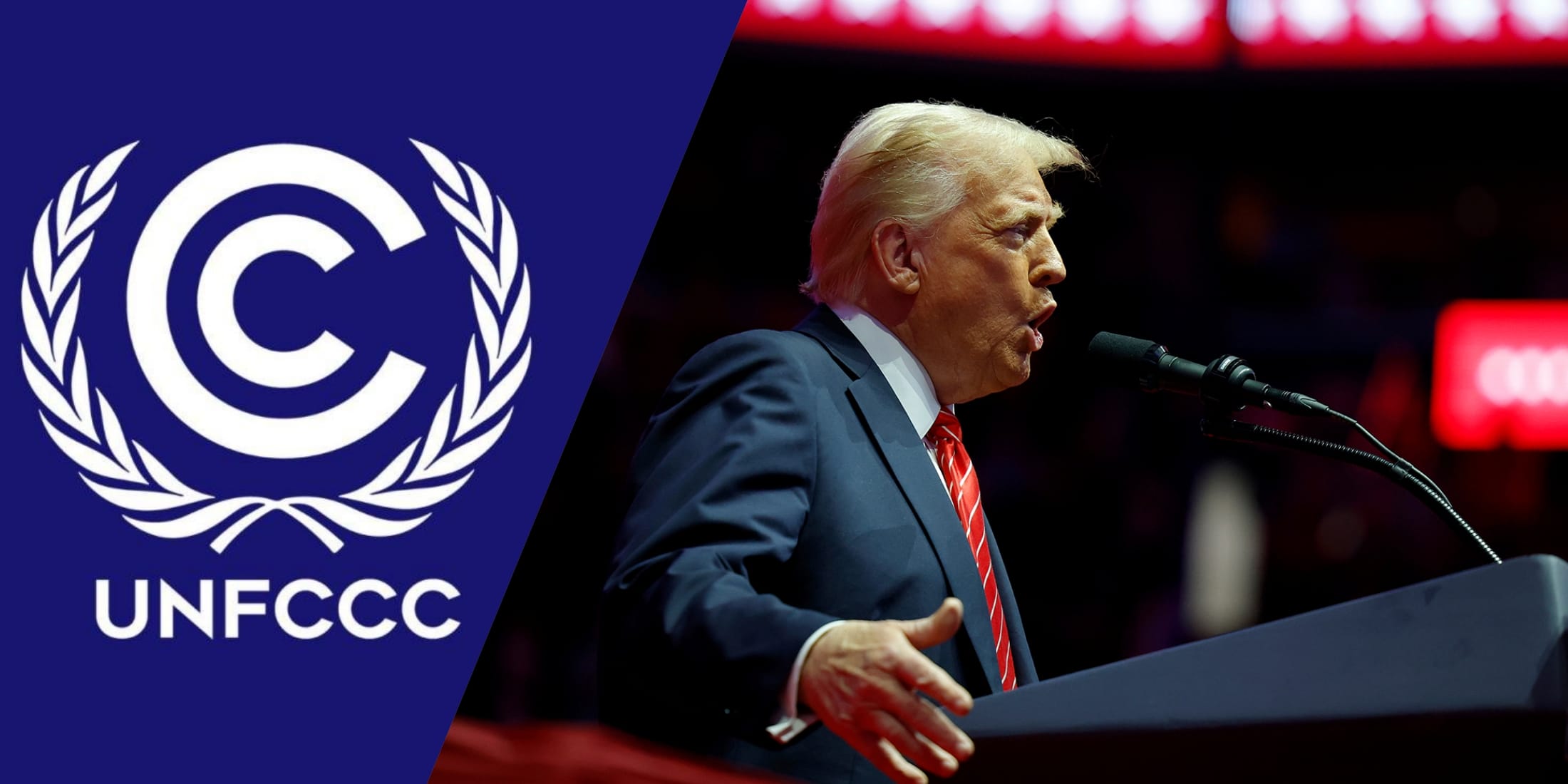One defining element of July’s turmoil is how the peaceful quota protests of students turned into widespread unrest, bloodshed, government crackdowns, and growing tensions.
July 24 marked an unfortunate shift in Bangladesh’s quota reform protests with the tragic death of 11-year-old Shafkat Samir, a fifth-grade student. During massive clashes, his killing by a stray bullet while closing a window to protect himself from tear gas at Kafrul, Mirpur, touched the nation’s heart. In the blink, a bullet entered through his eye and exited out the back of his head, and he died on the spot.
Amidst the grief, Shafkat’s parents, under immense pressure, declined to file any cases. Recalling the loss, Shafkat’s father, Sakibur Rahman, told in a shaking voice that the police gave him a written form to sign, threatening him of troubles if he doesn’t.
Meanwhile, the death toll in the ongoing protest for quota reform reached 201 on Wednesday, July 24; four more people died from injuries in violent clashes. Three of them died at Dhaka Medical College Hospital, while one died at Enam Medical College Hospital in Savar. However, these death counts do not represent all hospitals, indicating higher fatalities.
Three student coordinators of the ‘Anti-Discriminatory Student Movement’—Asif Mahmud, Abu Baker Majumdar, and Rifat Rashid were missing for the last five days. Asif and Baker, both Dhaka University students, posted on their Facebook that they were abandoned blindfolded near the Hatirjheel and Dhanmondi areas, respectively. Earlier, on 21 July, Nahid Islam was found lying injured and unconscious at Purbachal.
Additionally, on this day the curfew was relaxed, allowing public and private offices to operate from 11 am to 3 pm. Previously imposed restrictions to quell student protests were partially relaxed between 10 AM and 5 PM. In the afternoon, after visiting the state-owned BTV headquarters destruction site, Mohammad Ali Arafat, State Minister for Information and Broadcasting, warned that everyone involved in violent clashes of the quota reform movement must be brought to the law after a thorough judicial probe.
On Thursday, July 25, three more victims died under treatment, increasing the total to 204.
Notably, Prime Minister Sheikh Hasina made her first public appearance since the protests started during a visit to the vandalized metro station at Mirpur-10. “What kind of mentality leads them to destroy facilities that make people’s lives easier?” she asked, highlighting the metro rail’s importance in easing Dhaka’s notorious traffic congestion. She also called upon citizens to stand against those destroying national assets: “The demand centering quota has been fulfilled, even more than what the agitators wanted. So, what is the movement about now?
Meanwhile, in an interview with Al Jazeera, State Minister Mohammad Arafat blamed “third-party” actors, including “extremists and terrorists,” for fueling the unrest. After being released from police custody, movement coordinator Nahid Islam expressed deep concerns to Al Jazeera, “We are living in a precarious condition and don’t know when we will be abducted again.”
As protesters demanded the lifting of the curfew and reopening of universities on Friday, July 26, the government imposed ‘block raids,’ targeting suspected protesters. Former Prime Minister Sheikh Hasina, after inspecting the vandalized BTV Bhaban at Rampura, urged citizens to help identify and bring the perpetrators to justice. She further blamed BNP-Jamaat for the widespread turmoil for ruining the country’s image and development.
Amid growing criticism, Hasina walked back her controversial “Razakar” comment, which had triggered public outrage. She clarified in an attempt to pacify the demonstrators, “I did not call the students Razakars. My comment was distorted.”
On that day, at least 555 cases were filed, and 6,264 were arrested, reportedly. In Dhaka alone, 2,209 people were detained over two days. The death toll reached 209, with new fatalities reported from Dhaka Medical College Hospital and other districts.
The death toll continued to rise into 27 July, reaching 210. In 11 days, approximately 9,121 were arrested nationwide, including 2,536 in Dhaka.
Meanwhile, DMP’s Detective Branch officers picked up 5 coordinators of the quota reform movement for “security purposes,” with 3 detained (Nahid Islam, Asif Mahmud, and Abu Baker Majumdar) on the previous day and 2 more (Sarjis Alam and Hasnat Abdullah) on July 27. Home Minister Asaduzzaman Khan defended block raids, stating, “To ensure their safety and identify those threatening them, we need to interrogate them. We will decide on the next steps after the interrogation.” At around 3 PM, Awami League’s affiliated organizations—Jubo League, Chhatra League, and Swechchasebak League—decided to organize a peace rally at the south gate of Baitul Mukarram National Mosque. On the contrary, both BNP and Islami Andolon Bangladesh declared they would hold a rally in Dhaka on 27 July demanding the resignation of the government.
At around 4:30 PM, Sheikh Hasina visited injured persons under treatment at the Dhaka Medical College Hospital and warned agitators to stop playing with people’s lives.
The situation turned dramatically on July 28, as mobile internet services were restored around 3 PM after a 10-day blackout. Earlier in the day, in a press briefing, ICT Minister Zunaid Ahmed Palak announced a 5GB internet bonus for all users. He said, “It would take a couple more days to restore the internet if people were to be returned the remaining volume of their data packs that were lapsed during the internet blackout; that is why we decided to allot a 5GB bonus for everyone.”
The home minister of Bangladesh revealed the official death toll from the violence for the first time, reporting 147 fatalities. However, unofficial estimates disclosed at least 211 deaths till now, making this one of the deadliest crackdowns in Bangladesh’s history.
Meanwhile, the Detective Branch (DB) arrested a Chhatra Dal leader along with 3 individuals for alleged metro station vandalism. They also took Nusrat Tabassum, another coordinator, into custody.
Around 9:00 PM, in a controversial move, the six detained coordinators of the quota reform movement shared a video statement from DB custody, announcing the withdrawal of all protest programs. Nahid Islam, visibly beaten and forced to wear a lungi, declared, “Our main demand was the logical reform of the quota (system for government jobs). It has already been fulfilled by the government. Now, I strongly demand the government open educational institutions quickly to ensure a fair environment for education. In the interest of the whole, we are withdrawing all our programs from this moment.”
Before the video message of the coordinators declared, DMP Additional Commissioner (DB) Harun-or-Rashid posted on Facebook, stating, “The coordinators of the Students Against Discrimination movement are feeling insecure. That is why I brought them to the DB office and asked why they were feeling insecure. After listening to them, I informed them of our various plans for the safety of the students. This alleviated their fears. Team DB, DMP is firmly committed to ensuring the safety of the students.”
However, this announcement received widespread criticism. Three coordinators who were not in custody accused the DB of forcing the statement at gunpoint. One of the coordinators, Mahin Sarkar, claimed that the DB office is never a place for a student’ press conference.
In response, protesting students rejected the decision, saying the coordinators “were forced to issue the statement” under extrajudicial means. Harun Or Rashid dismissed it, claiming it as a rumor.
Over social media, the remaining coordinators declared eight points of protest in Dhaka: Science Lab, North South University’s Gate 8, National Press Club, BNS Centre in Uttara, Mirpur-10, Mirpur ECB intersection, Rampura, and Mohakhali.
Meanwhile, along with the unrest, the Inter-Services Public Relations (ISPR), in a press release, accused foreign and social media of spreading “false and misleading propaganda” against the Bangladesh armed forces.
It seemed like the authorities tried to present the situation as under control. The day concluded with demonstrators promising to continue their battle for justice.


